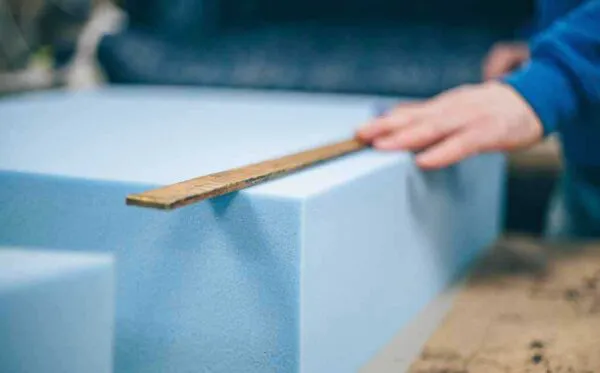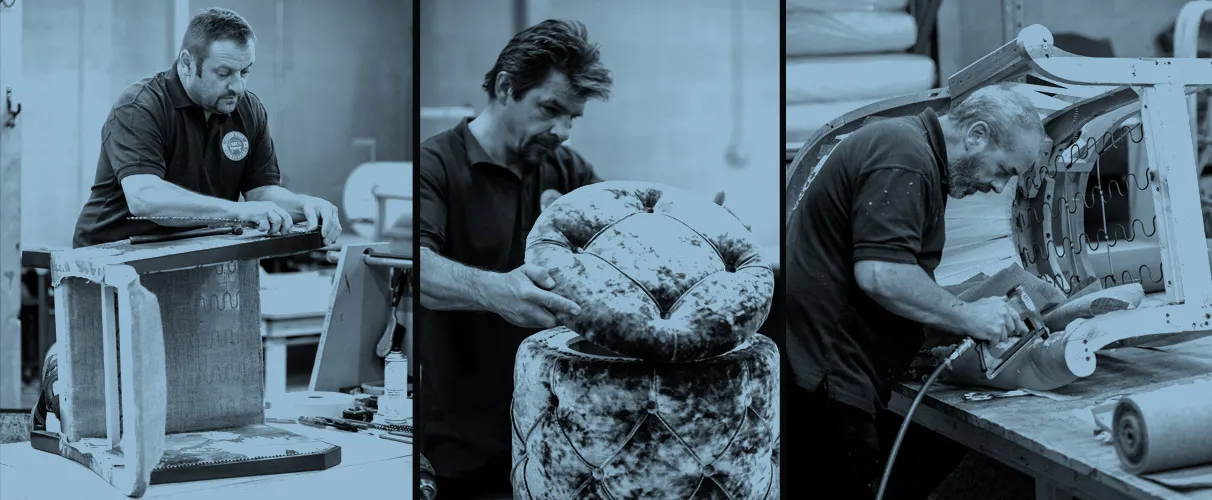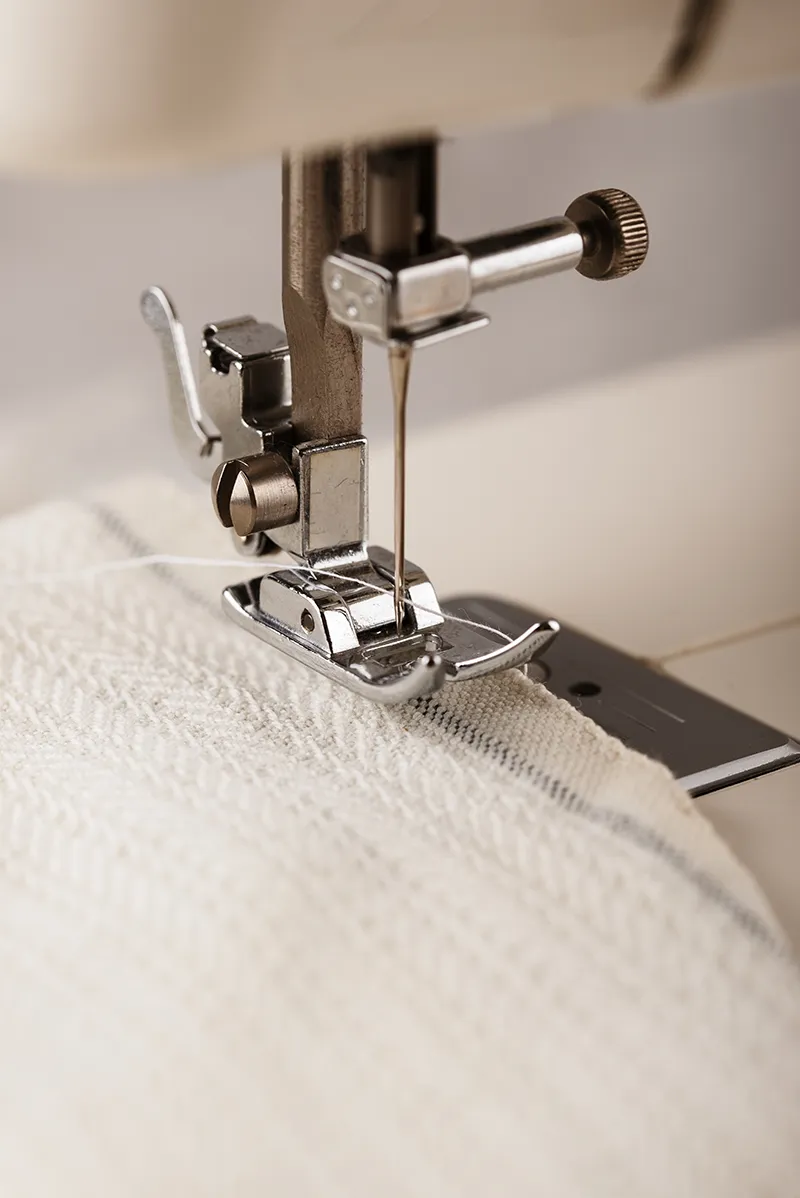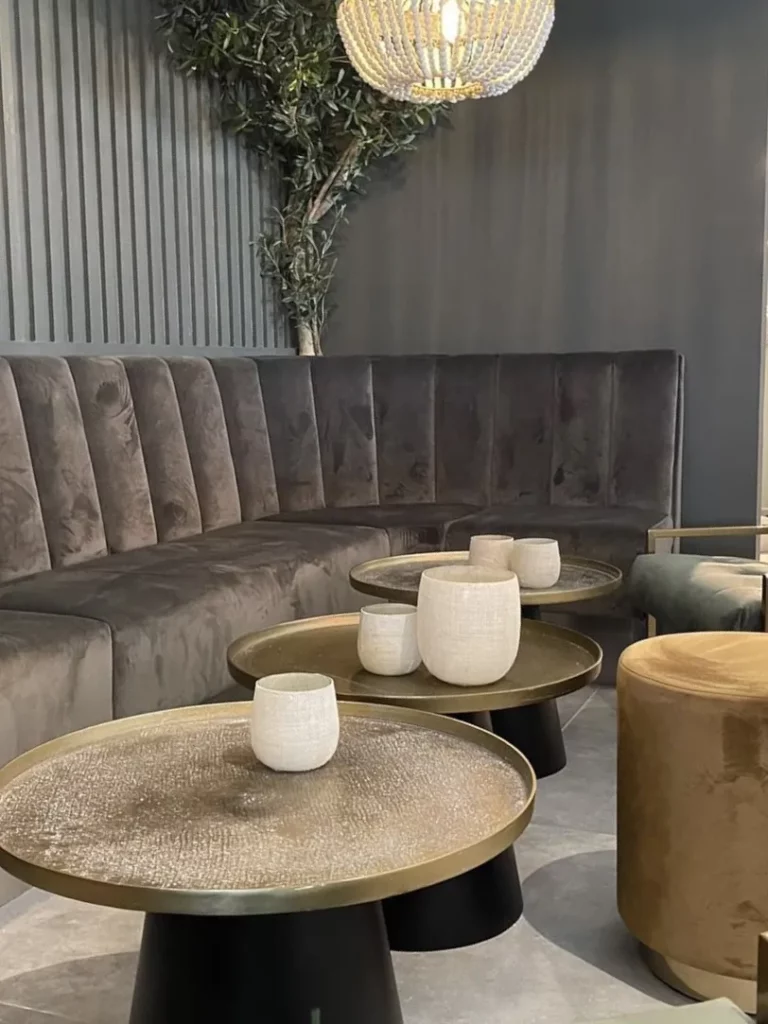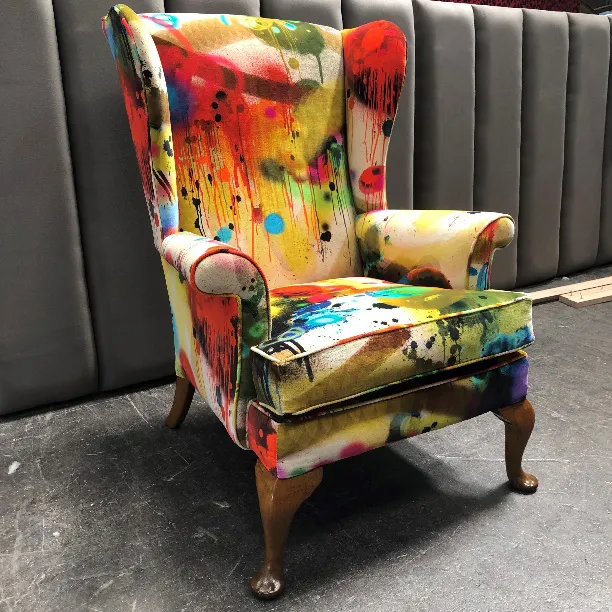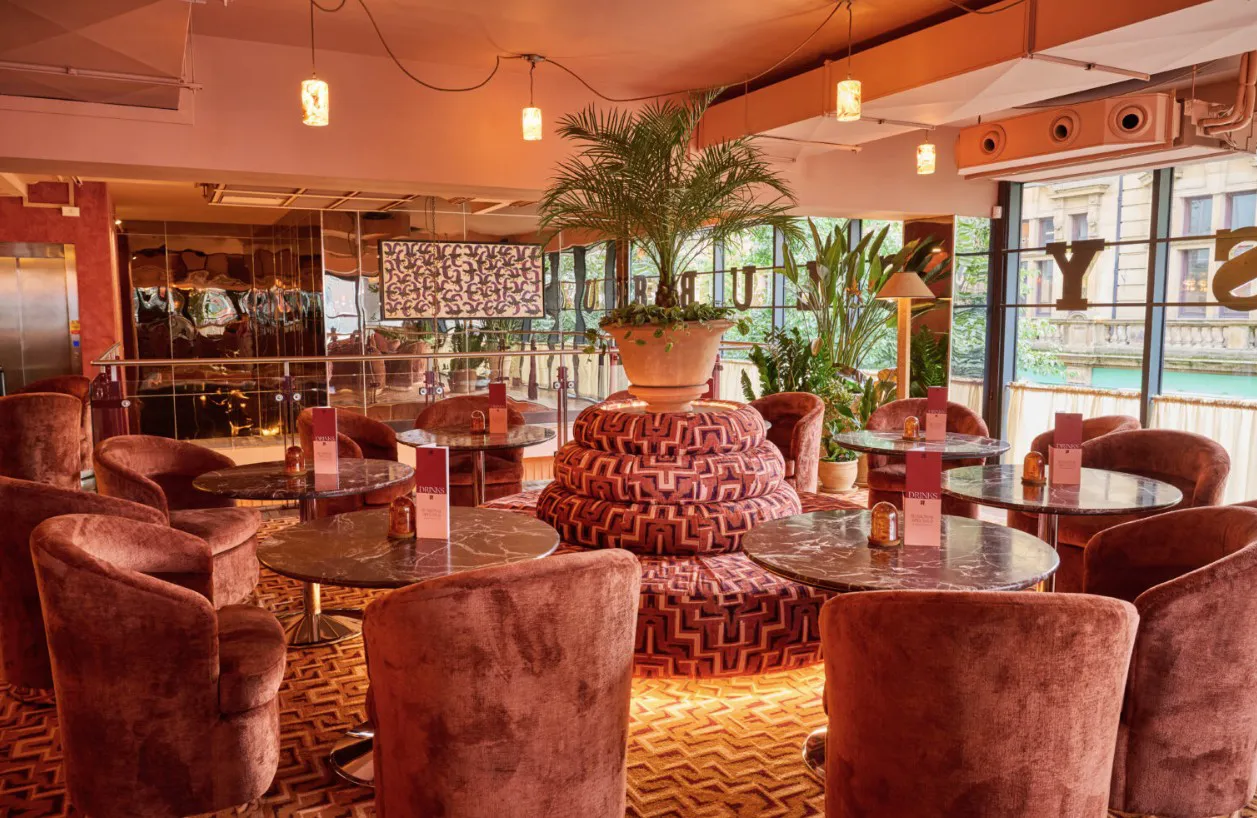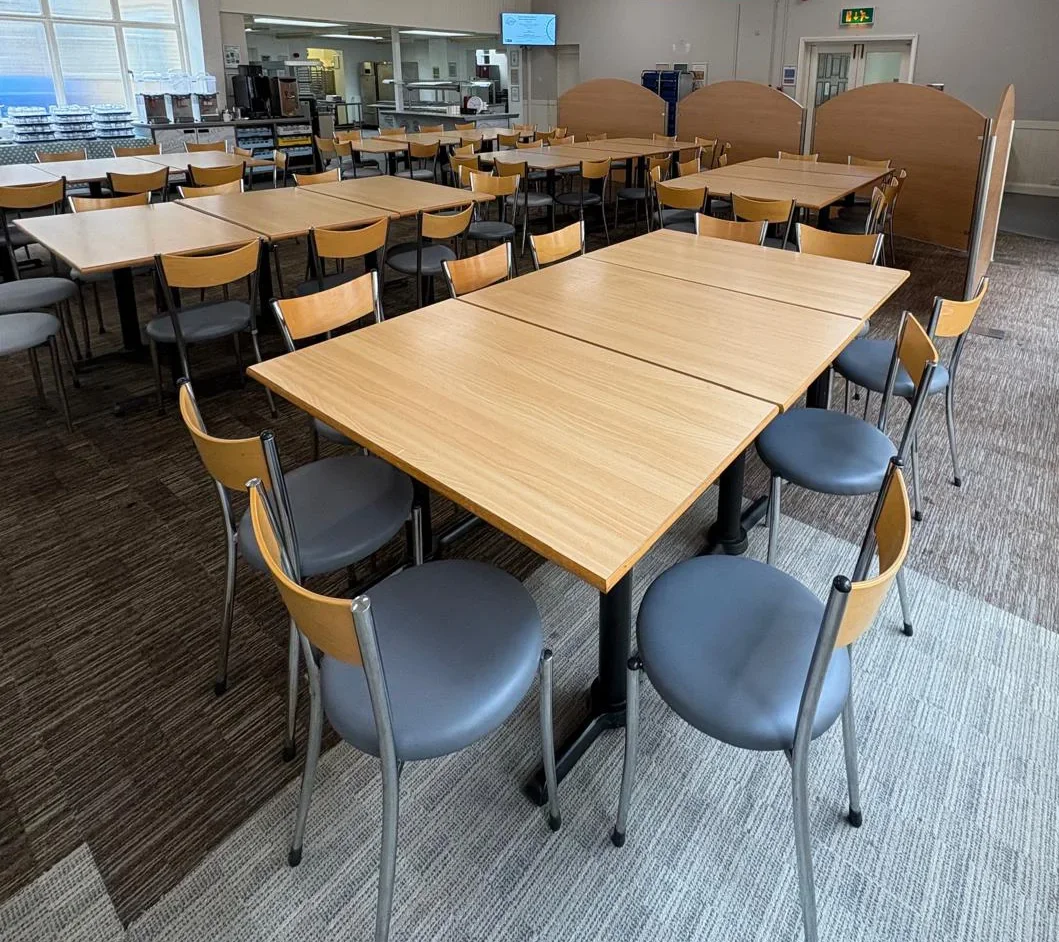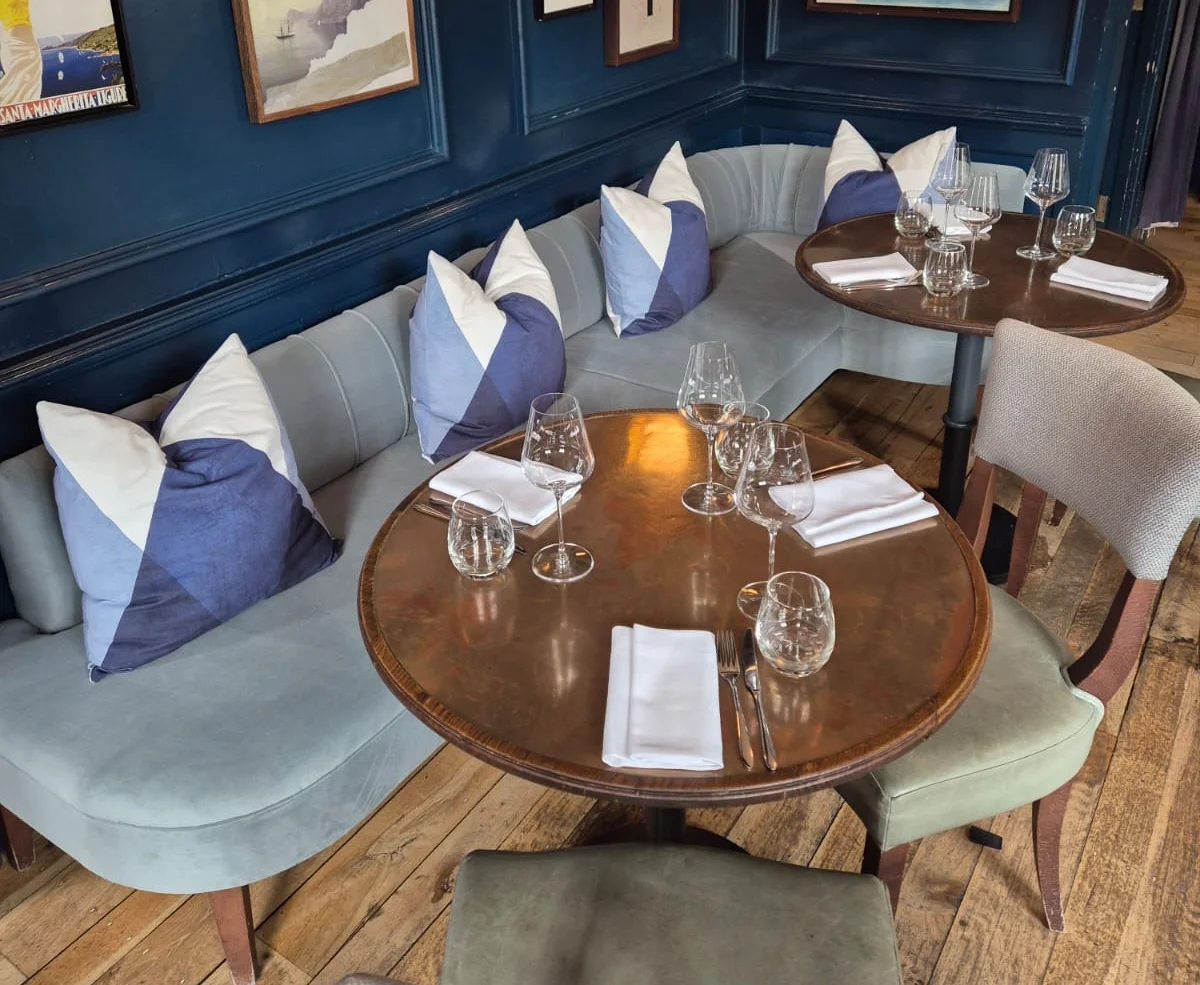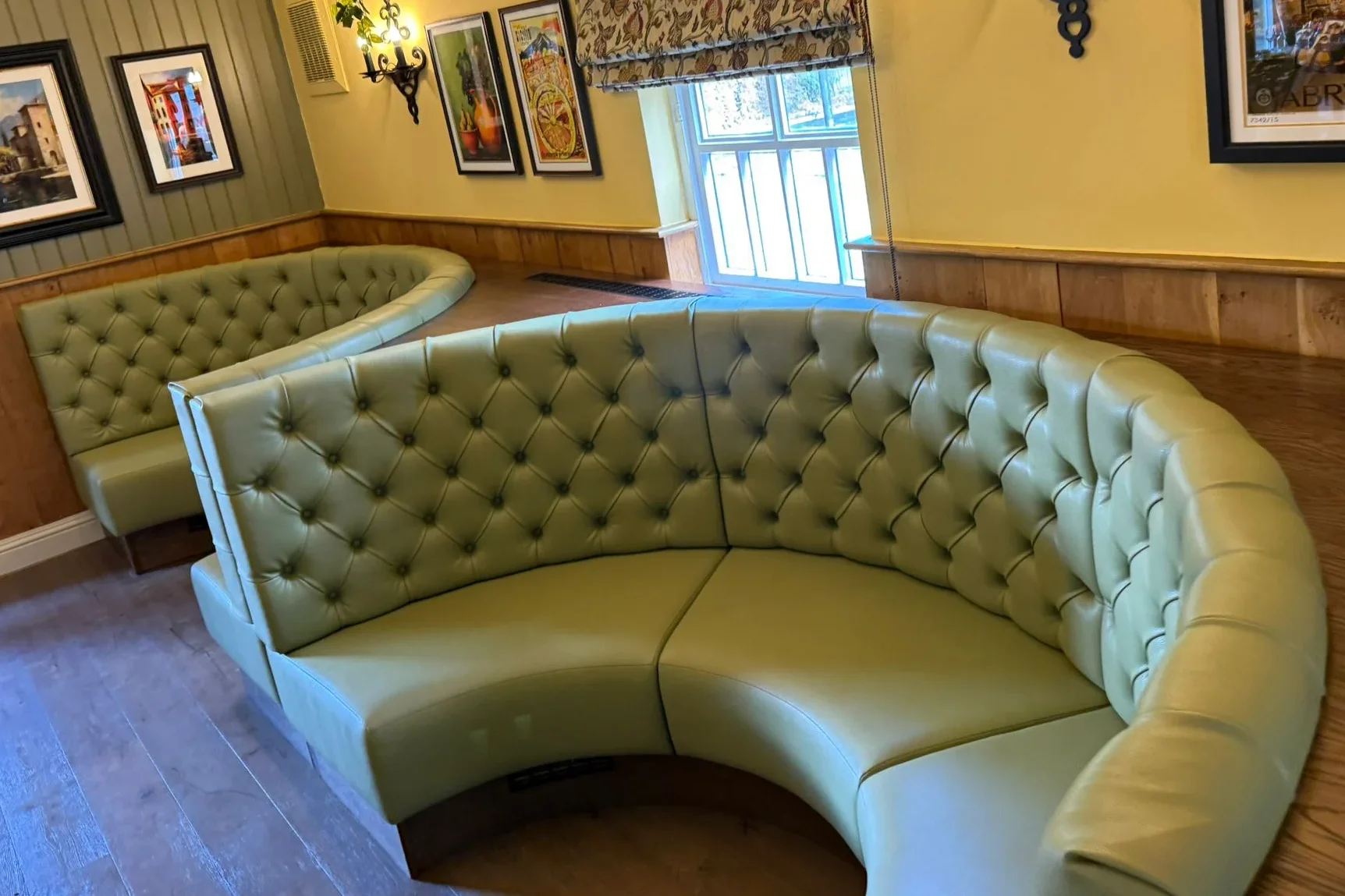The fabric choices these days for upholstery are vast; this is the exciting part of re-upholstering furniture as it is where the creativity and design flare can really make the piece come to life.
Natural Fabric Choices
Here are all the natural types of upholstery fabrics:
Cotton
Cotton is a natural fibre that is breathable, comfortable, and easy to clean. It’s a popular choice for casual furniture. However, it can wrinkle and may not be as durable as some other options.
Linen
Linen is another natural fibre known for its breathability and natural texture. It can give a relaxed, airy feel to furniture but can also wrinkle easily.
Velvet
Velvet is a luxurious, plush fabric known for its softness and rich appearance. It adds an elegant and opulent touch to furniture. Silk velvet is a natural fabric and is easily one of the most expensive fabrics made. Linen velvet absorbs dye very well
Leather
Leather is a premium choice for upholstery due to its durability, natural beauty, and timeless appeal. It’s available in various types, including full-grain, top-grain, and bonded leather.
Suede
Suede is a soft, napped leather often used for a comfortable, textured look on furniture. It will require more care and wouldn’t be recommended for commercial furniture.
Chenille
Chenille is a textured fabric with a ‘fuzzy’ appearance, and it’s both durable and comfortable. It’s often used for traditional or cozy furniture. It is mostly made from cotton but can also be made using acrylic. ‘Chenille’ is the French word for Caterpillar.
Bouclé
Bouclé is a textured, looped fabric that creates a unique, cozy appearance. It’s often seen in mid-century modern and contemporary designs. First created in 1948 by Eero Saarinen, a furniture designer, who used it on his iconic ‘womb chair’ to add extra comfort to his design.
Silk
Silk is a luxurious, smooth fabric that adds a touch of elegance to furniture. It is a natural protein fibre created from moth larvae – About 3,000 cocoons are used to make one yard of silk! However, it’s very delicate and would not be suitable for high-traffic areas.
Wool
Wool comes from sheep and therefor a natural fibre known for its warmth and resilience. It’s less common in upholstery but can be used for a cozy and durable feel.

